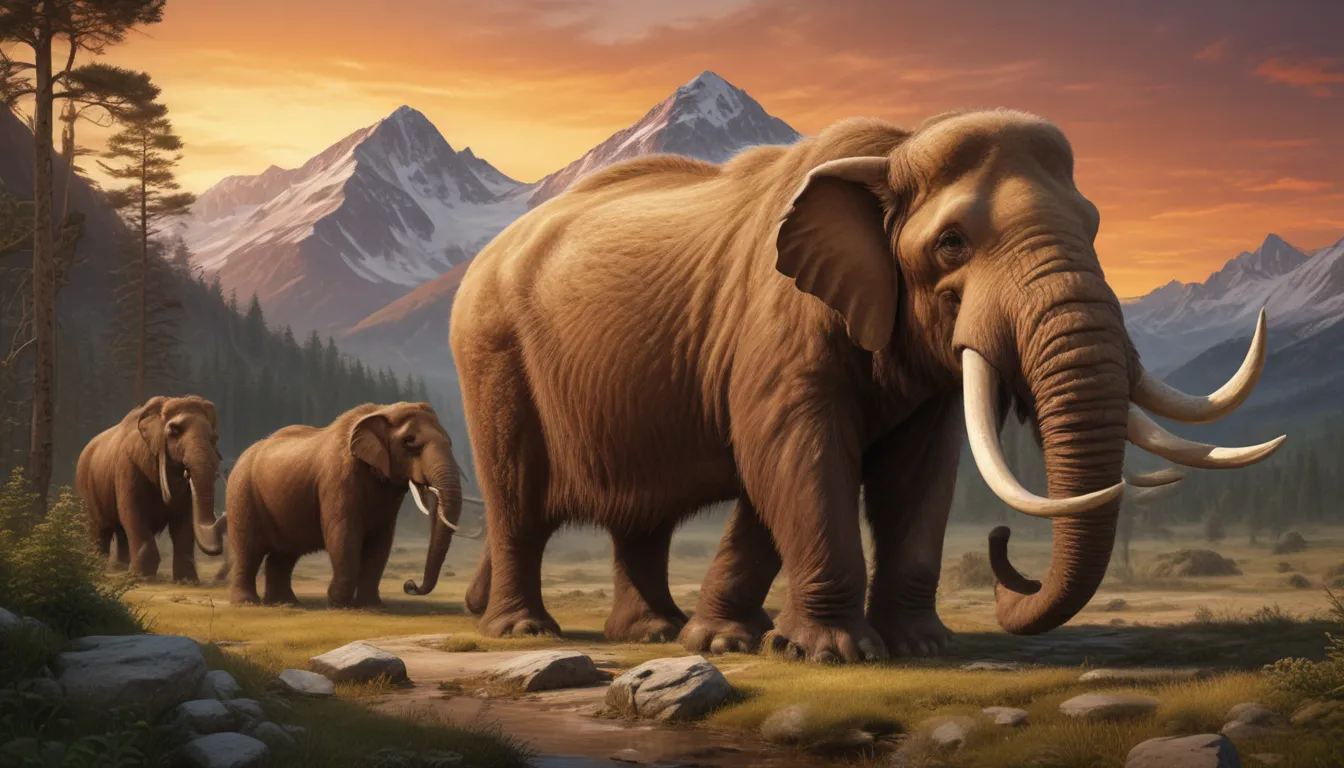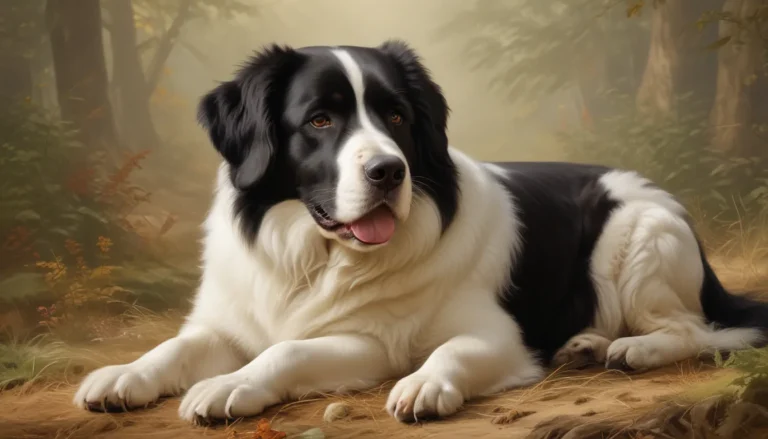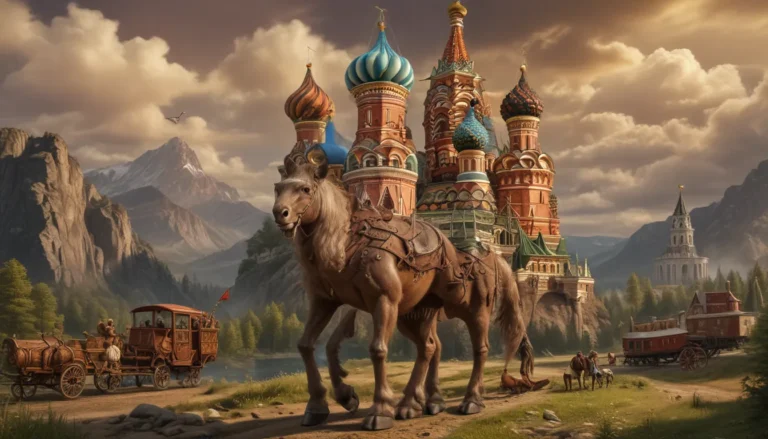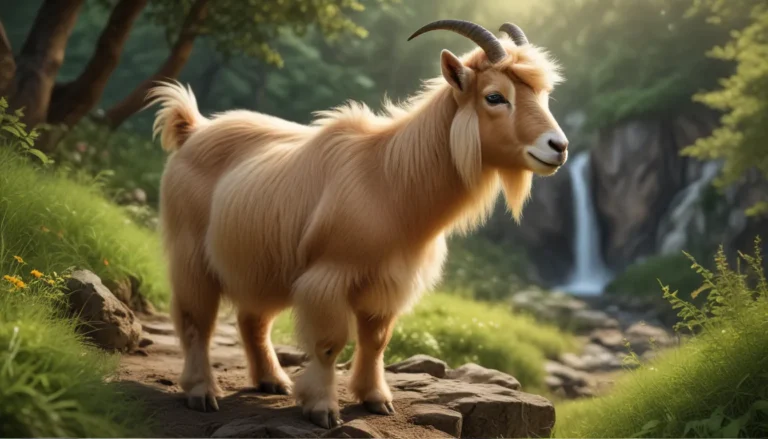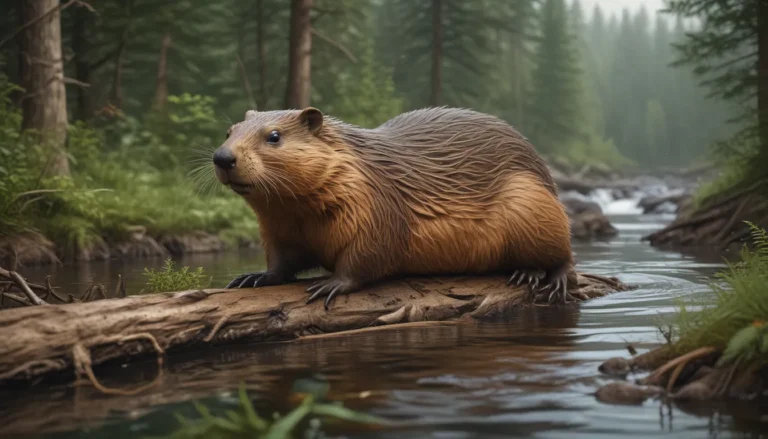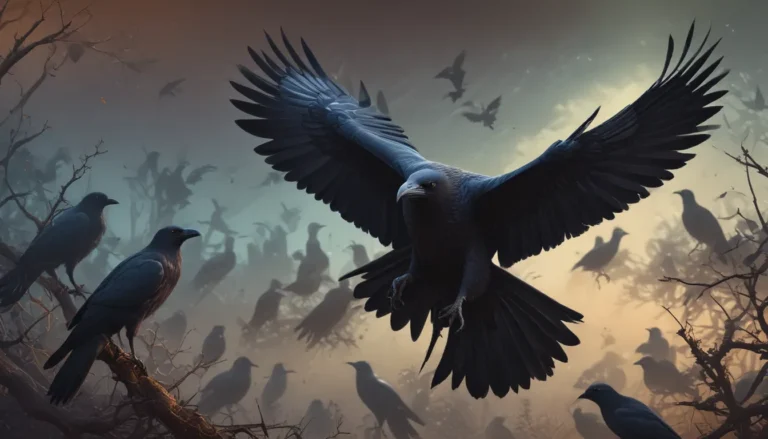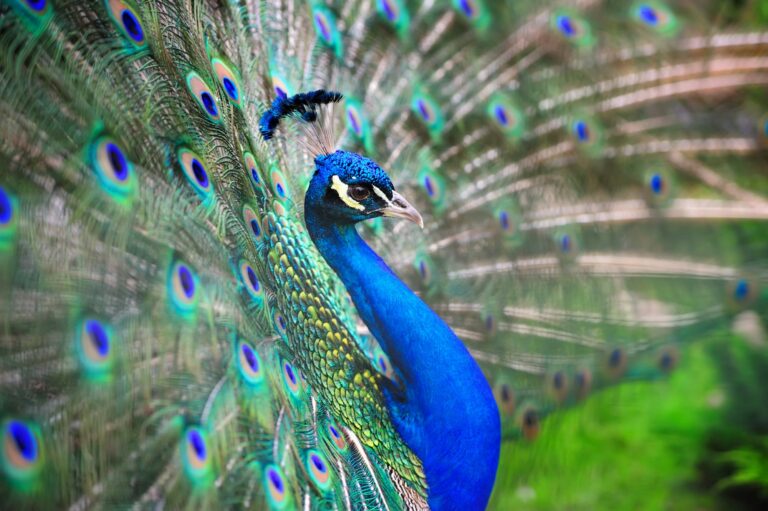The pictures we use in our articles might not show exactly what the words say. We choose these pictures to make you interested in reading more. The pictures work together with the words but don’t take their place. The words still tell you the important facts.
Are you curious about mammoths, the gentle giants of the Ice Age? These massive creatures have intrigued both children and adults for generations, leaving behind fascinating fossils and captivating us with their sheer size and power. In this article, we will delve into the incredible world of mammoths and uncover 20 interesting facts that will educate and entertain young minds. From their unique physical features to their daily lives and eventual extinction, mammoths hold a special place in our understanding of Earth's history. Let's embark on this adventure and discover the amazing realm of mammoths!
Key Insights into Mammoths
- Mammoths, akin to elephants, were massive creatures with unique adaptations for survival in cold climates. Their tusks, social behaviors, and impact on ecosystems make them a captivating part of Earth's history.
- Fossils and DNA studies have provided remarkable insights into mammoths, sparking the possibility of resurrecting them through genetic engineering. Their legacy continues to captivate and inspire curiosity about prehistoric life.
Mammoths: An Extinct Relative of Elephants
Mammoths were herbivorous giants closely related to elephants. They sported long, curved tusks and a shaggy fur layer to thrive in colder environments.
Discovering Mammoths in the Ice Age
Thriving during the Ice Age, which spanned from approximately 2.6 million to 11,700 years ago, mammoths were well-suited to the freezing temperatures and harsh conditions of this era.
The Famous Woolly Mammoths
The woolly mammoth is often the first species that comes to mind when thinking of mammoths. With a thick fur coat and long tusks reaching up to 16 feet, they are iconic symbols of prehistoric times.
Adaptations for Cold Climates
Woolly mammoths' long fur and a fat hump on their backs aided in staying warm in frigid temperatures. They had small ears to minimize heat loss and a fat layer under their skin for insulation.
Fascinating Features of Mammoth Teeth
Mammoths possessed a unique set of teeth specialized for their herbivorous diet. Large grinding teeth, called molars, helped them chew tough grasses and vegetation.
Social Creatures: Mammoths in Herds
Much like modern elephants, mammoths lived in herds with a complex social structure. They communicated through vocalizations, body postures, and trunk movements.
Impressive Sizes of Mammoths
Varied in size, with woolly mammoths reaching heights of up to 11 feet at the shoulder and weighing around 6 tons, making them truly massive creatures.
Surprisingly Agile Swimmers
Mammoths were adept swimmers, often crossing rivers and lakes during migrations due to their large size and buoyant bodies aiding in floating.
Extensive Range of Mammoths
Inhabiting various regions like North America, Europe, Asia, and even islands like Wrangel Island in the Arctic Ocean, mammoths had a widespread presence.
Mammoths’ Dietary Habits
As herbivores, mammoths had huge appetites, consuming up to 400 pounds of grass and plant material daily to fulfill their nutritional requirements.
Shaping Ecosystems: Mammoths’ Impact
Mammoths' grazing habits played a vital role in shaping vegetation and landscapes by trampling and clearing areas, leading to the growth of new plants.
Coexisting with Humans
Mammoths and early humans, including Neanderthals and Homo sapiens, shared the same environment. Humans hunted mammoths for meat, bones, tusks, and used their skins for shelter.
Last Survivors: Wrangel Island Mammoths
While most mammoths went extinct around 11,700 years ago, a small population survived on Wrangel Island in the Arctic until about 4,000 years ago.
Prized Mammoth Tusks
Made of ivory, mammoth tusks were highly prized by ancient civilizations. They were utilized to craft tools, weapons, and intricate artwork.
Unique Trunk Adaptations
Mammoths' trunks were versatile appendages aiding in gathering food, drinking water, and interaction with other individuals, with a muscular structure for precision.
Slow Reproduction Rates
Mammoths had long gestation periods of around 22 months, giving birth to single calves and nurturing them for several years.
Uncovering Mammoth Secrets through Fossils
Fossils have been crucial in revealing insights into mammoths' anatomy, behavior, and prehistoric environments, allowing scientists to study these magnificent creatures further.
DNA Insights from Mammoth Remains
Advancements in technology have enabled scientists to extract DNA fragments from well-preserved mammoth remains, potentially paving the way for resurrecting mammoths through genetic engineering.
Varied Uses of Mammoth Tusks
Beyond defense and feeding, mammoth tusks played roles in display during mating rituals and communication, showcasing their versatility.
Common Traits with Elephants
Despite differences, mammoths and elephants shared traits like long gestation periods, social behaviors, and herding tendencies.
Conclusion: A Glimpse into Mammoths’ World
With these 20 mammoth facts, you've explored the captivating world of these ancient creatures, leaving you in awe of their magnificence. The legacy of mammoths extends beyond their time, reminding us of the diverse and wondrous history of Earth's life.
FAQs About Mammoths
Q: What is a mammoth?
A: Mammoths were large, hairy elephants that lived during the Ice Age.
Q: How big were mammoths?
A: Mammoths could grow up to 13 feet tall and weigh as much as 6 tons.
Q: Where did mammoths live?
A: Mammoths were found in many parts of the world, including North America, Europe, and Asia.
Q: Did mammoths have tusks?
A: Yes, mammoths had long, curved tusks that could reach up to 16 feet in length.
Q: What did mammoths eat?
A: Mammoths were herbivores and primarily ate grass, shrubs, and other plants.
Q: Why did mammoths go extinct?
A: The exact reasons for mammoth extinction are still debated, but climate change and human hunting are believed to have played a significant role.
Embark on a journey back in time to uncover the wonders of mammoths, inspiring a deeper appreciation for Earth's history and the beauty of nature. Dive into the captivating world of mammoths and let your curiosity and imagination flourish.
